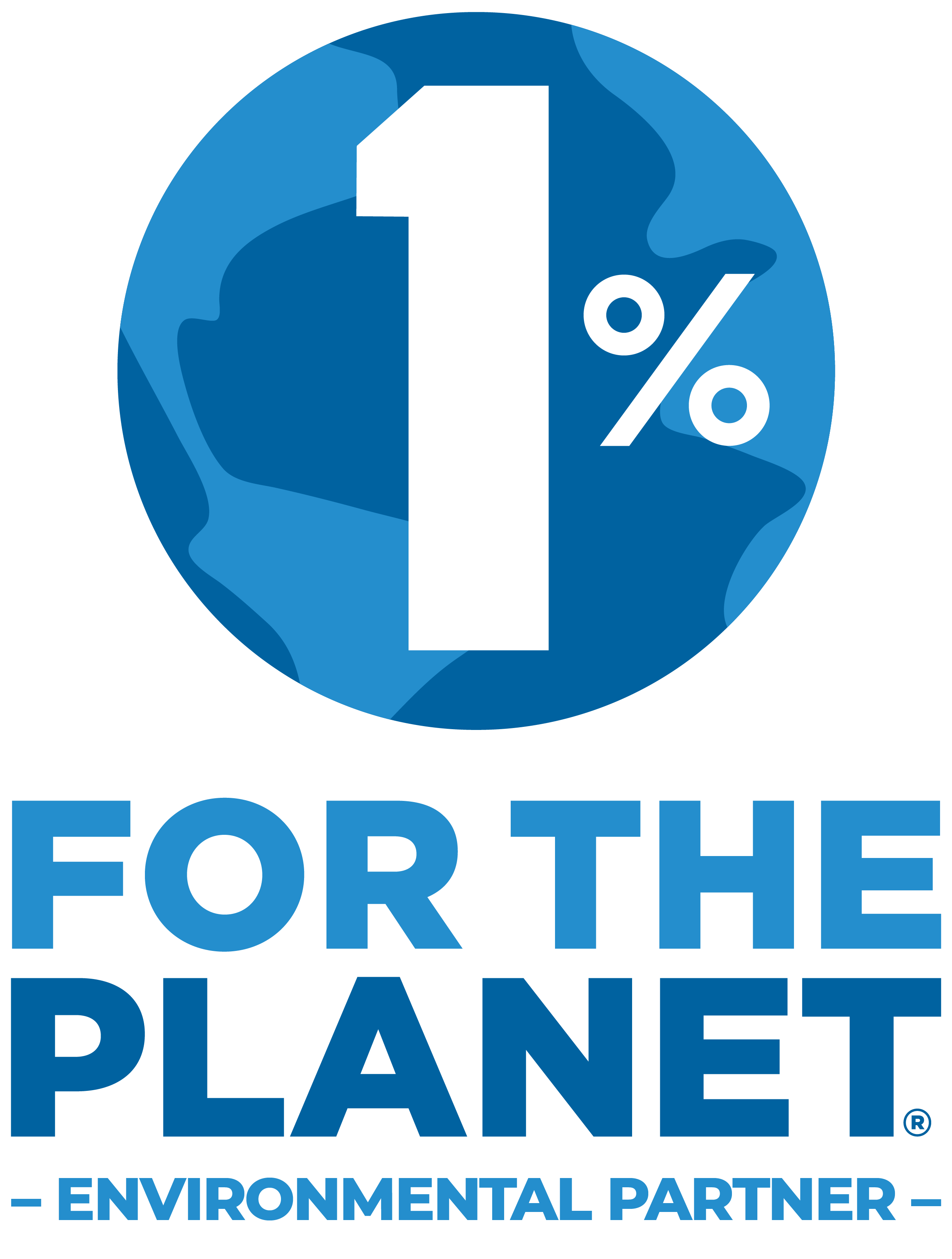Active banners: 0 Visible banners: 0
Hog Farming Has a Massive Poop Problem
Provided by: Vox |Published on: April 27, 2021
Videos
6789101112
Synopsis
- This video is about the environmental and social justice issues surrounding industrial hog farming practices, focusing on pig farms in North Carolina.
- Students will learn how industrial hog farms and contract farms "manage" the waste, how these practices impact the health and quality of life in the surrounding communities, the lack of regulations on the industry, proposed solutions, and why things are not yet changing.

Subjects: Biology, Economics
Authors: Vox
Region: North America, USA - South, USA - Midwest, United States, North Carolina
Languages: English
Teaching Materials
Positives
- This video is a great, in-depth introduction to the systemic problems in the hog farming industry.
- Multiple perspectives are included, which showcase the myriad of ways that this problem is impacting communities in North Carolina.
Additional Prerequisites
- Ads play before and during this video.
- Scientific concepts are explained, but students should have prior knowledge on environmental justice issues and the impacts of farming and dietary choices on the environment.
Differentiation
- Language arts classes could use this resource for a debate about the environmental regulations that should be required for businesses to operate, or to analyze different points of view around a common issue.
- This video can be used to think about and discuss how personal and household choices can impact larger and systemic problems. What can individuals do that could impact this type of farming? Why aren't more people making that choice?
- As an extension to that discussion, students can make informational fliers that detail the high environmental cost of these hog farming practices and what individual consumers might do to influence large livestock corporations.
- Biology, ecology, environmental science, health, and Earth science classes could use this video to introduce topics such as water pollution, air pollution, environmental causes of human health conditions, the nitrogen cycle, buffer zones, organic farming, regenerative farming, or plant-based nutrition.
Scientist Notes
Teaching Tips
Standards
Resource Type and Format
All resources can be used for your educational purposes with proper attribution to the content provider.



